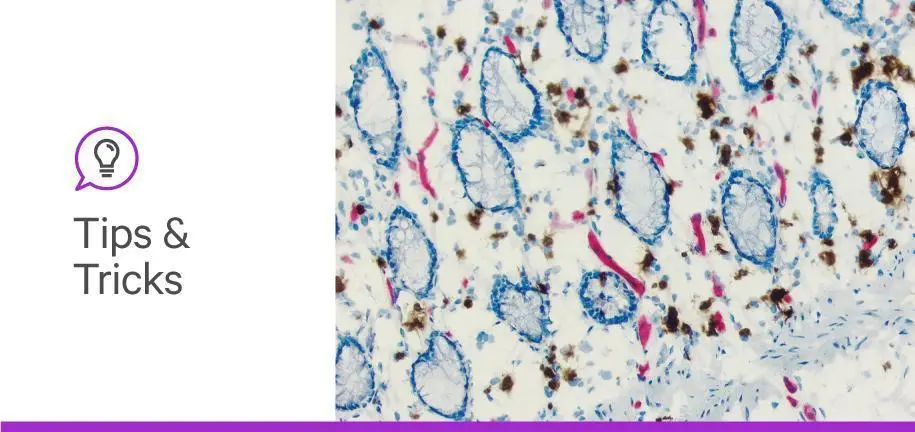
5 reasons to use the ImmEdge PAP Pen in your immunostaining workflow
In this blog post, we cover 5 reasons you should add the ImmEdge® Hydrophobic Barrier PAP Pen from Vector Laboratories to your list of essential lab tools.
Vector Laboratories is closed for the President’s Day on Monday, February 19th. We will be back in the office on Tuesday, February 20th.
We will respond to emails upon our return. Have a wonderful day.
The ImmEdge pen (H-4000) is an improvement over the PAP pen for tissue specimen preparation. Its hydrophobic barrier feature provides a stable, water-repellent barrier that keeps reagents localized on tissue specimens, preventing reagent mixing when multiple sections are mounted on the same slide.
The barrel of the ImmEdge Pen is composed of acetal plastic which allows for consistent tip retention, easier tip saturation, and improved fluid flow.
| Unit Size | 2 pens |
|---|---|
| Applications | Immunohistochemistry / Immunocytochemistry, Immunofluorescence, In situ hybridization |
| Safety Title | WARNING: Cancer and Reproductive Harm – www.P65Warnings.ca.gov |
The volume of the ImmEdge Pen (H-4000) is about 6 mL. We have not characterized how many times it can be used or overall length of the barrier due to variability in its application.
The nib provided with each ImmEdge Pen is 3 mm wide.
Yes. The ImmEdge Pen residue contains a wax constituent that allows for application to microscope slides that have buffer or similar aqueous solutions on the surface. Applying the pen residue to wet slides does not affect adhesion of the residue nor interfere with the tissue section.
Yes, the pen residue does fluoresce. However, this property does not limit the pens use to only light microscope applications. We routinely use the ImmEdge pen for immunofluorescent tissue staining applications. Usually the pen residue is applied well outside of the tissue section perimeter, and as such, the inherent fluorescent properties of the pen residue do not interfere with specific fluorescent signal.
Yes. The pen design ensures the nib can move and that the nib is not adhered to the pen itself. The nib needs to move so that once received the nib can be depressed to break the internal membrane to allow residue to flood the nib. In some instances, during shipping, the nib may become dislodged and fall out. Simply put the nib back into the neck of the pen and use as per the supplied instructions. Once the residue floods the nib, the nib material expands slightly to hold the nib within the pen neck.
The pen residue does contain a solvent that dries within seconds of being placed onto the slide. There is no requirement to wait for the residue to dry. In essence the residue dries the moment it is applied.

In this blog post, we cover 5 reasons you should add the ImmEdge® Hydrophobic Barrier PAP Pen from Vector Laboratories to your list of essential lab tools.
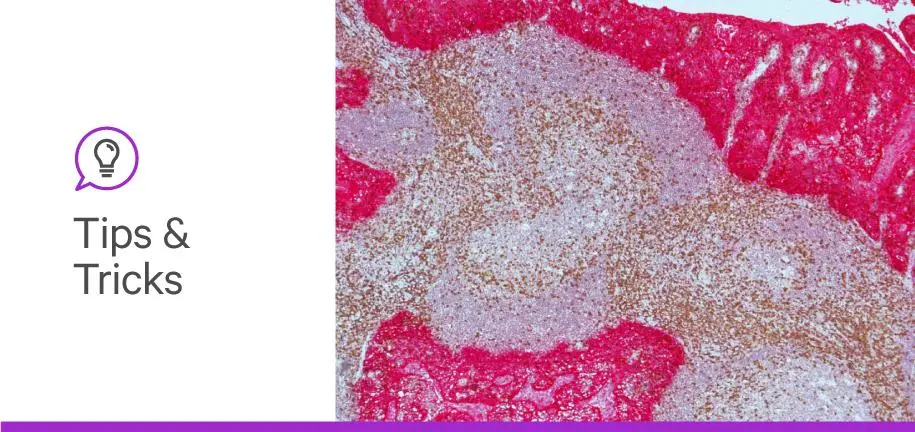
You spend a lot of time collecting and preparing your tissue samples. Learn tips and tricks to ensure those samples are evenly stained and retained on your slides.

When it comes to IHC and IF a strong start is essential to great results. Explore our tips to help your sample preparation process.
Applicable patents and legal notices are available at legal notices.
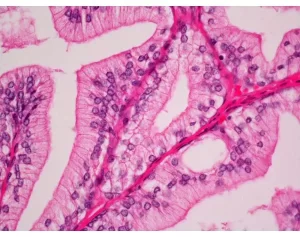
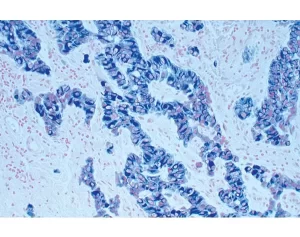
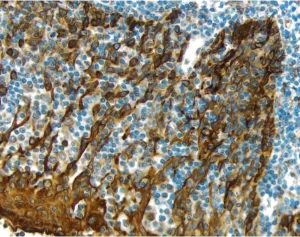

Stay in the Loop. Join Our Online Community
Together we breakthroughTM
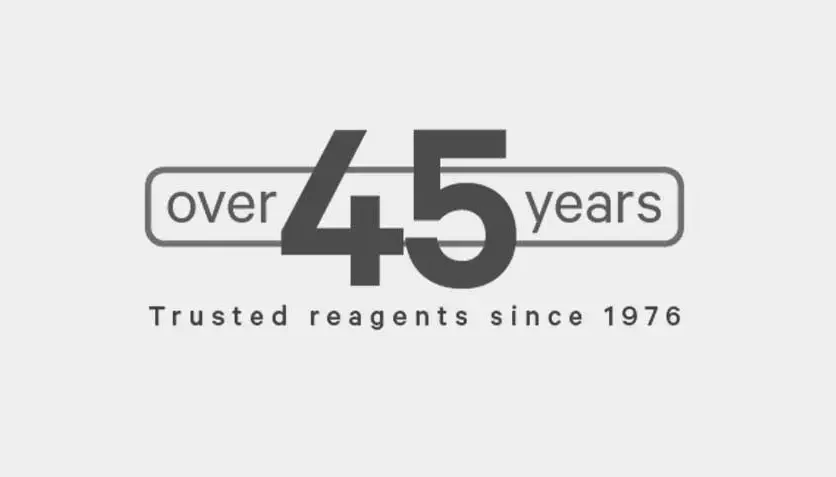
©Vector Laboratories, Inc. 2024 All Rights Reserved.
How do I Request a Quote?
To request a quote for products: